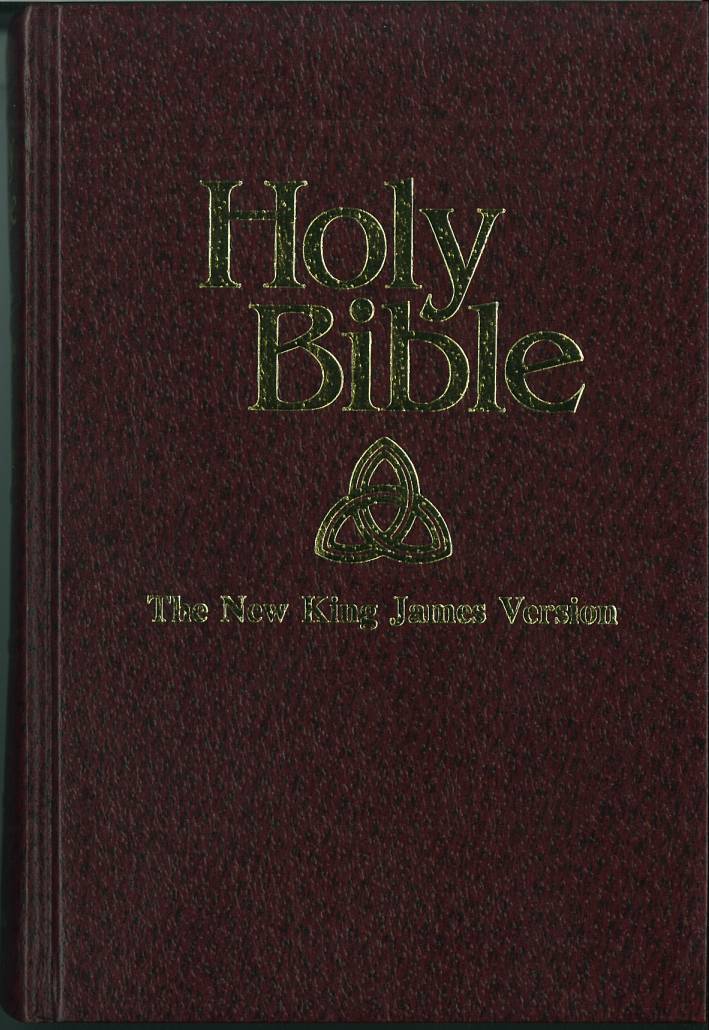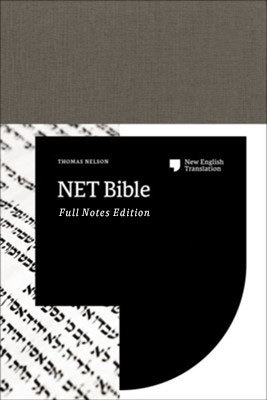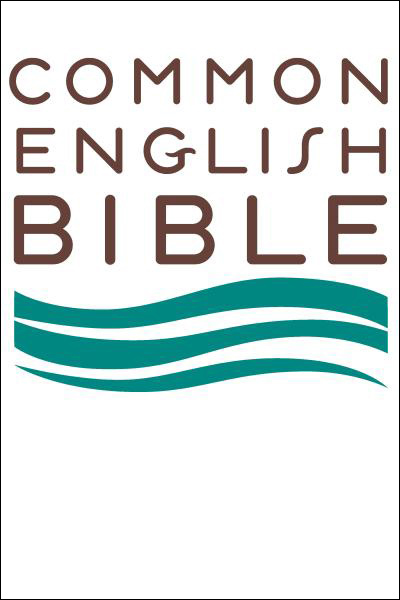Short answer: Any Bible that you read is the right Bible for you to read.
All Bibles—regardless of which translation or what supplementary notes—convey the written Word of God. The Gospel is a translated message from its inception (Acts 2:6) and therefore always comes to us as an already interpreted message. This means that there is no one-and-only, given-for-all-time version of the Bible. To have a Bible that you regularly read is what matters most.
On the other hand, we are blessed with so wide a variety of English translations and study Bibles that many people don't know where to start or how to build a well-rounded collection for personal or family use.
The English Bible most first-time readers consider is the
King James Version (KJV or Authorized Version, AV): Authorized by King James in 1611, what set this Bible apart from previously published English translations was the fact that it did not come with interpretive notes in the margins. So, it was able to be used in churches of all doctrinal persuasions. The KJV is also an artistic achievement whose beautiful language, along with that of the works of Shakespeare, standardized Modern English.A linguistic quirk of the KJV is its thee-s and thou-s. These second-person pronouns had already fallen out of ordinary use, but the translation committee brought them back from Middle English because they took a word-for-word approach to translation. Even if the point is lost on most readers, the KJV makes the same distinction between singular (thee/thou) and plural (ye/you) found in the original Hebrew and Aramaic of the Old Testament and New Testament Greek.
While the KJV's spelling has been revised many times, some words have changed in meaning over the last 400 years, which can result in misunderstandings. Over that time, our knowledge of the original languages has also significantly improved, so I do not recommend the KJV for in-depth Bible study.
New King James Version (NKJV): It retains the KJV's commitment to word-for-word translation and elegance of language, but uses words according to their current meanings and incorporates discoveries about the original languages made up to the early 1980s. This results in a formal-sounding translation that, while understandable, has some difficult turns of phrase that do not always clearly convey the intent of the original.Because the NKJV sounds the way many English speakers feel that a Bible should, I like to use it for preaching.
Andrews Study Bible (NKJV/New International Version, NIV): For notes to help you understand difficult passages in the NKJV and clarify many points of interpretation from a Seventh-day Adventist perspective, I recommend the Andrews Study Bible.It is also available in the NIV, another popular translation that attempts to balance word-for-word translation with a thought-for-thought approach, which affords an easier and often clearer reading experience. But thought-for-thought translations make it harder to understand how they translated English expressions from the original languages, and sometimes clarify things wrongly.
Cultural Backgrounds Study Bible: (NIV/NKJV/New Revised Standard Version, NRSV): For a study Bible from a broader Christian perspective, I recommend the Cultural Backgrounds Study Bible. It has a wealth of notes and illustrations that will give you the latest scholarly understandings of the historical contexts of the biblical texts (not that I would endorse all of them). I recommend this Bible for in-depth study.It is also available in the NRSV, which leans more toward a word-for-word approach than the NIV, but with less regard for harmonizing the texts of the Bible.
New English Translation: (NET): As its acronym suggests, this translation was meant to be presented on the internet as well as in hard copy.The NET has a full complement of translation and study notes that explain almost every interpretive decision in detail. These notes can be clicked and expanded when reading online, so they don't take up too much space on the page. But they are also available in the thick, hardcopy Full Notes Edition of the NET.
The notes lean toward Reformed Evangelical interpretation but typically give both sides of the various arguments. I recommend this Bible for in-depth study.
ESV Reader's Bible (English Standard Version): The visual opposite of study Bibles, reader's editions remove even the chapter and verse numbers, leaving only the biblical text on the page just as you would find it in any other book. It is a liberating way to read the Bible, and I recommend it to other experienced readers.One affordable reader's edition uses the ESV, a good word-for-word translation, but one that is controversial for translating certain passages as excluding women from church leadership in a time when it was well understood that the original pronouns could have referred to both men and women.
Bibliotheca (American Literary Version): This is a more expensive, but, in my opinion, better reader's edition. It began as a solo, passion project that received so much support on the crowd-investment platform, Kickstarter, that the founder was able to form a committee of scholars to revise the American Standard Version, resulting in an elegant, word-for-word translation that incorporates current insights into the original languages.The Hebrew Bible by Robert Alter: While translation committees guard against individual idiosyncrasies, they also tend to make the biblical books all sound the same. But the biblical authors wrote with distinct voices. Individual translators have proven more willing to take risks in translation that allow the style of the different books to come through.I don't endorse everything he says in his notes, but Robert Alter's literary sensitivity is second to none, and his translation of the Old Testament highlights the strange beauty of ancient expression without being impenetrable.
The Kingdom New Testament by N. T. Wright: The New Testament books were not written in the elevated Greek of the Homeric epics but in the simplified Greek spoken on the streets by people who had often learned it as their second language.In his translation, which does reflect his theological interpretations, N. T. Wright moves away from elegant, formal-sounding English and instead uses plain-spoken, simple English to better give a sense of how accessible the original language of the New Testament was.
Common English Bible (CEB): For a translation that even young children can understand, I recommend the CEB. It will also challenge experienced readers to overcome clichés with its thought-for-thought translations of common biblical expressions (like "Human One" for "Son of Man"). Also, it is the only Bible I know of that had Seventh-day Adventist scholars working on its translation committee.
Final Thought: The farther I have gone in biblical studies—especially of the original languages—the less opinionated I have become about translations. Translation is really hard. And even where I disagree with a translation decision, I have learned not to criticize until I understand the case that can be made for it. Translators have their reasons, and they usually illuminate something in the text.
If you're wondering How to Read the Whole Bible for the First Time, click here.
If you want to know How to Use Digital Bibles, click here.










No comments:
Post a Comment